Japanese, Thai and Chinese investors dominating Vietnamese retail market
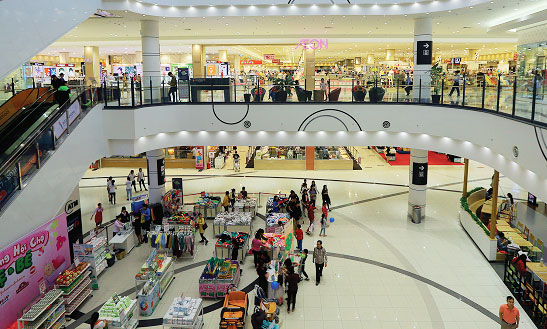 |
Aeon and Takashimaya conquering Vietnam
Aeon Mall from Japan is co-operating with Ha Long Investment and Development Group (BIM Group) to build its second mall in Hanoi. The $200-million mall’s area is 9.5 hectares and it is located on BIM Group’s land in Ha Dong district, Hanoi. This project is expected to be kicked off in the fourth quarter of 2019, marking the fifth Aeon mall in Vietnam. At the moment, although Aeon has five malls which cost almost $600 million in total, the retailer announced co-operating with and buying out existing supermarkets to reach the target of 100 supermarkets in Vietnam.
Aeon holds 30 per cent of Fivimart and 49 per cent of Citimart since 2014. Since 2008, when Aeon entered Vietnam, the group has continued expanding. The first business of this group was the co-operation with Trung Nguyen to open a chain of convenience stores named G7-Ministop.
Aeon’s target is to open 20 malls in Vietnam. There are 16,500 malls and stores owned by this group all over the world.
Meanwhile, another Japanese investor Takashimaya created a hot shopping trend in downtown Ho Chi Minh City in mid-2016 when it opened its first mall, with stores of 58 brands that were appearing in Vietnam for the first time, 61 brand appearing in Ho Chi Minh City for the first time, 31 Japanese brands appearing in Saigon Centre Mall for the first time.
Saigon Centre Mall was established thanks to the co-operation of Takashimaya Limited Company, its subsidiary Toshin Urban Development Company, Keppel Land Group (Singapore), and two state-owned corporations. The mall’s location is expected to be a crucial intersection of subways and highways in Ho Chi Minh City. Vietnam was the third destination of Takashimaya after Singapore and China.
Takashimaya is one of the oldest malls in Japan. It was established in 1831 in Kyoto as a second-hand clothing store. Now it owns 17 malls in Japan, and one each in Singapore, Shanghai (China), Taiwan and Vietnam.
Japanese, Thai, Chinese domination
| There were a large number of M&A deals in the retail sector, accounting for almost 30 per cent of the $3 billion total M&A value generated during the first half of 2016. The estimated value of M&A deals in Vietnam in 2016 was $6 billion, increasing 15 per cent compared to that of 2015. |
The domestic market witnessed the quick penetration of Japanese, Thai, and Chinese investors. According to the 2016 Global Retail Development Index of AT. Kearney Company, six out of 20 potential markets were in Asia. The leading potential markets were China, India, Malaysia, and Indonesia, while Vietnam was the eleventh.. Moreover, the Vietnamese retail market became more open after joining the World Trade Organization (WTO) and numerous other free trade agreements.
Recently, Chinese investors began to officially penetrate the Vietnamese market. For example, Miniso signed a franchise agreement with Le Bao Minh Group and opened 12 stores in Hanoi and Ho Chi Minh City.
Miniso is a Chinese-Japanese joint-venture. This company owns only four stores in Japan but 1,110 stores in China. Its owner, Ye Guofu, is one of 33 richest Chinese men under the age of 40. The predecessor of Miniso was the Aiyaya brand, established in 2004.
In April 2016, Alibaba, the largest Chinese e-commerce company, purchased a controlling stake in Lazada.vn for $1 billion, in a bid to quickly penetrate the Southeast Asian markets, including Vietnam. Market analysts believed that this purchase indicated that Alibaba will make significant investments into advertising campaigns and export Chinese goods to Vietnam.
At the same time, local retailers also show noticeable activities. Mobile World JSC has opened 1,000 stores and Vingroup intends to open 70 to 80 Vinmart supermarkets and about 1,500 Vinmart+ stores this year. In addition, Vingroup has started to develop shopping mall systems, including Vinmart, VinPro, VinDS, in other provinces to increase its coverage. Vinmart and Vinmart+ are planned in at least 30 provinces and cities in 2017. However, Vingroup was unsuccessful with its Vinpro+ electronics retail chain and had to integrate the chain into Vincom mall.
However, analysts think that Vietnamese retailers are unable to compete. Goods from Thailand, Japan, Korea, and China have conquered Vietnam.
“Vietnamese goods have not found a clear direction. This is a predictable result of a market where competitors have better vision than local retailers,” Nguyen Phi Van, chairman of Retail & Franchise Asia Company, said, “Any enterprise with global vision will be better at market expansion.”
 |
What the stars mean:
★ Poor ★ ★ Promising ★★★ Good ★★★★ Very good ★★★★★ Exceptional
Latest News
More News
- Japanese take on consistent approaches (December 19, 2024 | 15:00)
- Localities leverage funding for high-tech ventures (December 19, 2024 | 11:53)
- Haiphong boasts resources to spur marine economy (December 18, 2024 | 17:03)
- Chinese investors looking to increase interest in Vietnam (December 18, 2024 | 16:58)
- Georgia: the right place to visit and invest (December 18, 2024 | 16:15)
- Quang Ngai’s incentives will lure in industrial investment (December 17, 2024 | 17:00)
- Dong Thap excited to hail investors to industrial zones (December 17, 2024 | 15:00)
- Dong Thap pushes on with crane conservation efforts (December 17, 2024 | 12:00)
- Wholesale upgrades drive Tien Giang goals (December 17, 2024 | 11:00)
- Investing channels worth attention (December 17, 2024 | 09:08)




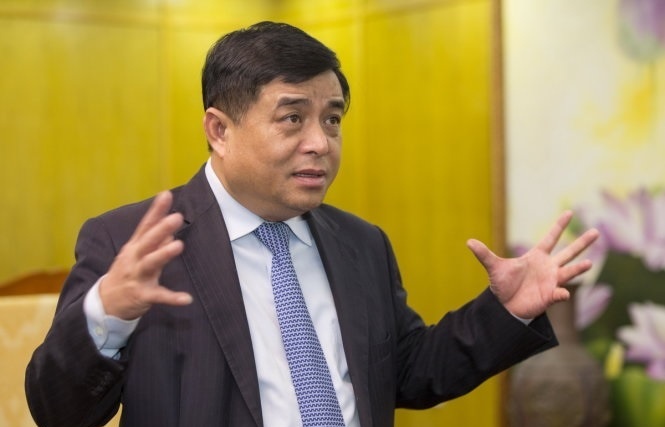
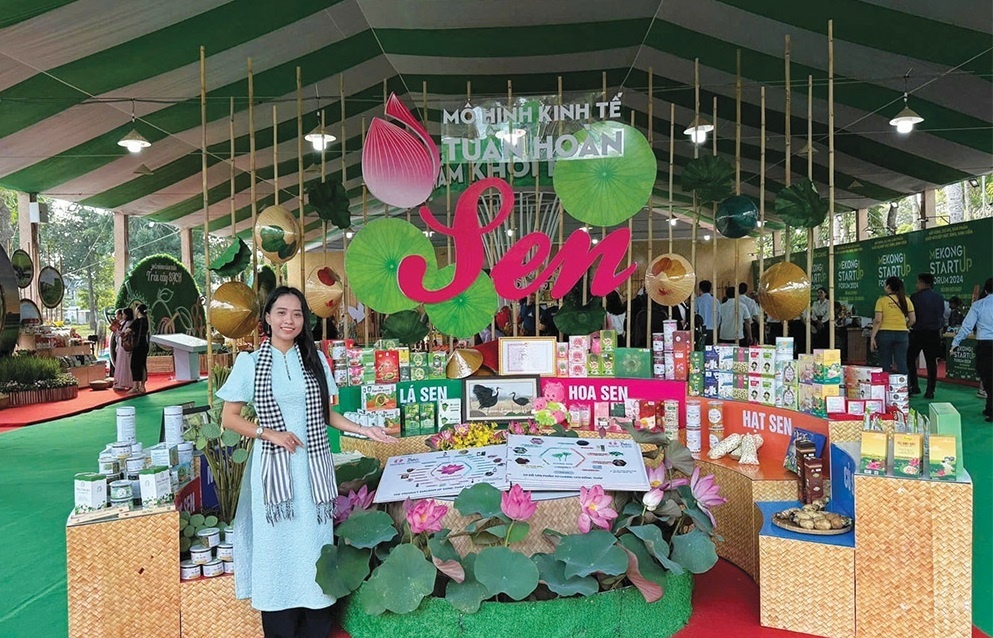
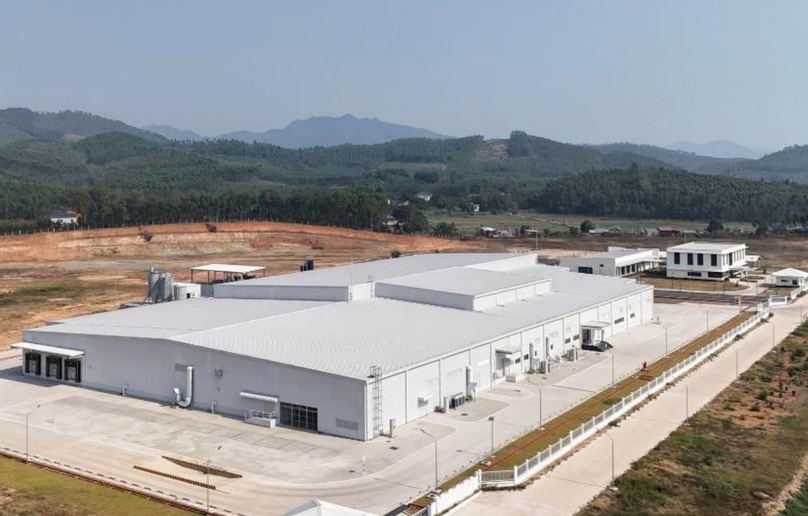




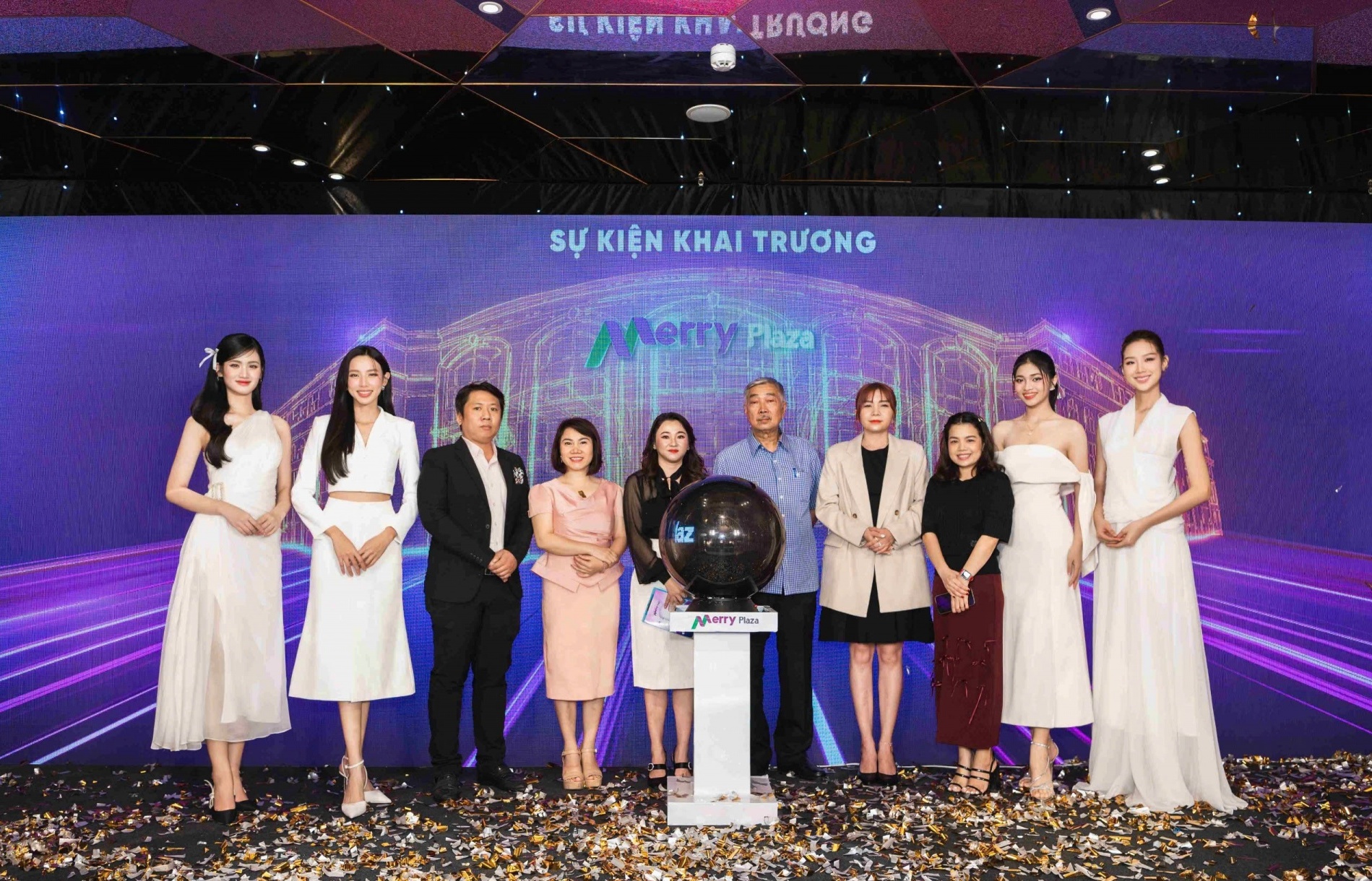
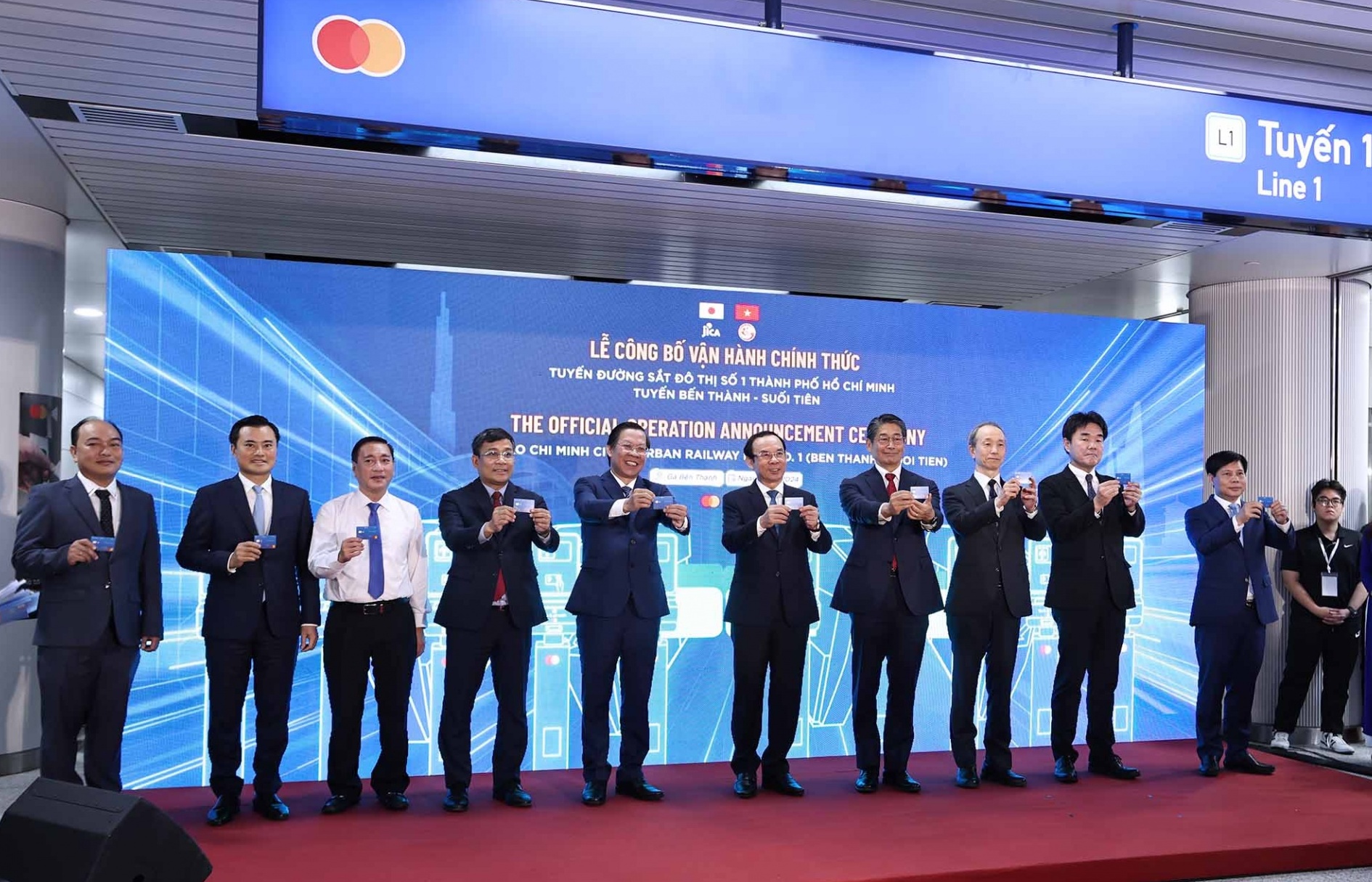



 Mobile Version
Mobile Version